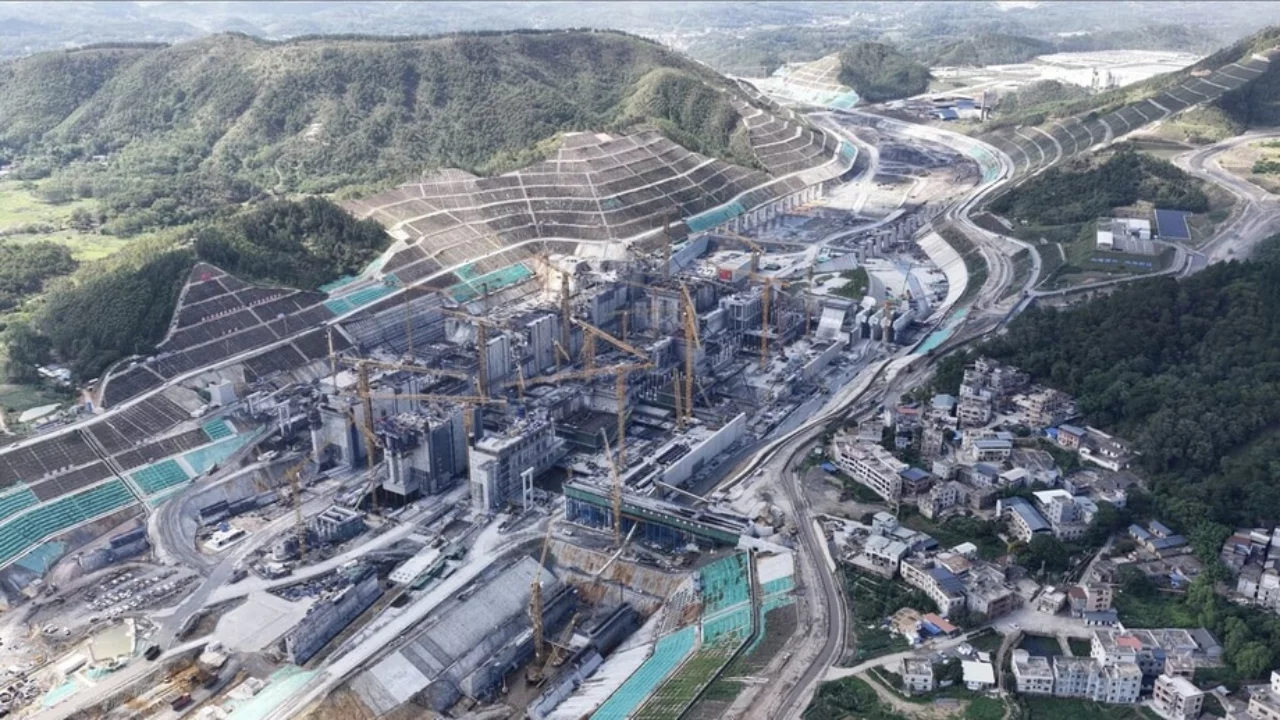
In the Guangxi Zhuang Autonomous Region in southern China, the construction of the largest hydraulic structure in the country's history — the Pinglu Canal, which for the first time will connect inland waterways with the sea — continues at a rapid pace. This was reported by CGTN, citing its sources.
Pinglu Canal — the heart of a strategic project
The total length of the canal is 134.2 kilometers; it begins at the Xijin reservoir, located in the city of Hengzhou, and ends in the village of Lou near Qinzhou. From here, large cargo ships will be able to cross the Qin River and reach the Gulf of Tonkin. This, in turn, will allow China to connect even faster and directly with Southeast Asian markets by sea.
Adapted for ships with a capacity of 5,000 tons
The Pinglu Canal is being built in accordance with Category I inland waterway standards. That means it will easily accommodate ships with a cargo capacity of up to 5,000 tons. This is considered a major strategic advantage for China's economy, as it will reduce cargo transportation time and costs, thereby increasing export potential.
Distance for cargo will be reduced by 560 km
After the implementation of the project, the distance for transporting goods from southwestern China to seaports will be reduced by up to 560 kilometers. This will lead to a reduction not only in time, but also in logistics costs. Thus, China's inland regions will be able to further strengthen trade ties with ASEAN countries in Southeast Asia.
Construction will be completed in 2026
According to official data, the construction of the Pinglu Canal is expected to be fully completed in 2026. This date is considered a strategic milestone for China, as this canal will integrate the country's inland waterways into the global trade system.
Conclusion: a new page in transport geography
The Pinglu Canal is not just a waterway, but a geopolitical project shaping China's economic future. It will not only simplify domestic logistics, but also play an important role in strengthening regional trade and cooperation. In the future, this canal will become the region’s “economic artery”, along which hundreds of cargo ships will travel.
Photo: Naked Science Read “Zamin” on Telegram!
Ctrl
Enter
Found a mistake?
Select the phrase and press Ctrl+Enter Related news
Information
Users of Меҳмон are not allowed to comment this publication.
Users of Меҳмон are not allowed to comment this publication.














